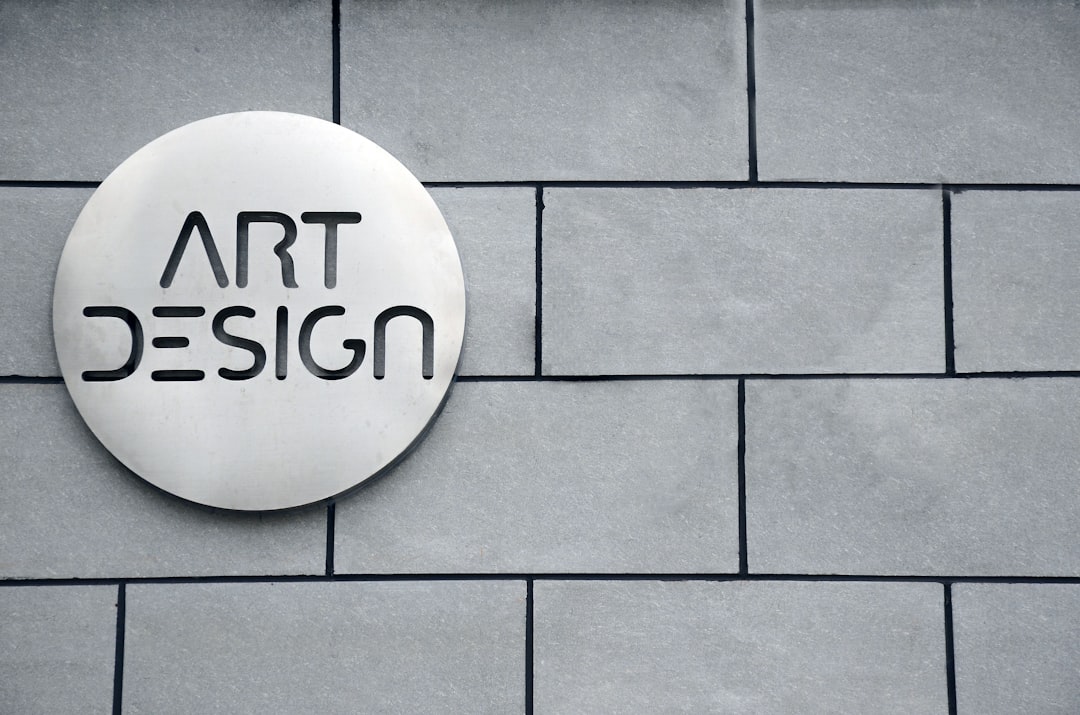Billboards have undergone a remarkable transformation since their inception in the late 19th century. Initially, they served as simple, static advertisements that relied heavily on painted images and bold typography to convey messages. As you walk through urban landscapes today, you can see how billboards have evolved into dynamic canvases that incorporate advanced technology and creative design.
The introduction of electric lights in the early 20th century marked a significant turning point, allowing advertisers to capture attention even after sunset. This innovation paved the way for illuminated billboards, which became a staple in bustling cities, drawing the eyes of passersby with their vibrant glow. As you delve deeper into the history of billboards, you’ll notice that the advent of digital technology has revolutionized the medium once again.
Digital billboards now dominate the advertising landscape, offering advertisers the ability to change messages in real-time and target specific audiences with precision. This evolution reflects not only advancements in technology but also a shift in consumer behavior and preferences. Today’s billboards are not just about visibility; they are about engagement and interaction.
With the integration of social media and mobile technology, billboards have become interactive platforms that invite consumers to participate in brand experiences, making them more relevant than ever.
Key Takeaways
- Billboards have evolved from simple painted signs to digital displays, allowing for more dynamic and engaging advertising content.
- Billboards have a psychological impact on consumers, as they can influence emotions, attitudes, and purchasing behavior.
- Billboards play a crucial role in building brand awareness by creating a strong visual presence in high-traffic areas.
- Billboards are effective in targeting specific audiences based on location, demographics, and consumer behavior data.
- The creative potential of billboards is essential in capturing attention and making a memorable impression on consumers.
The Psychological Impact of Billboards on Consumers
When you encounter a billboard, it’s not just a passive experience; it triggers a complex psychological response. The sheer size and visibility of billboards create an immediate impact, capturing your attention even in a crowded environment. Research indicates that large-format advertising can evoke strong emotional reactions, which can significantly influence your perception of a brand.
The strategic use of colors, images, and messages on billboards is designed to resonate with your emotions, making you more likely to remember the advertisement long after you’ve seen it. Moreover, billboards often leverage the principle of repetition to reinforce brand messages. As you drive or walk past the same billboard multiple times, the repeated exposure can create familiarity and trust.
This phenomenon is known as the mere exposure effect, where increased familiarity with a stimulus leads to a more favorable attitude toward it. Consequently, when you finally make a purchasing decision, the brands you’ve seen repeatedly on billboards may come to mind first, influencing your choices in subtle yet powerful ways.
The Role of Billboards in Building Brand Awareness

Billboards play a crucial role in establishing and enhancing brand awareness. When you see a well-placed billboard, it serves as a constant reminder of a brand’s presence in your daily life. This visibility is particularly important for new brands trying to carve out their niche in competitive markets.
By strategically positioning billboards in high-traffic areas, brands can ensure that their messages reach a broad audience, effectively embedding themselves into the public consciousness. In addition to visibility, the creative execution of billboard campaigns can significantly impact brand recall. A clever or visually striking billboard can leave a lasting impression on you, making it more likely that you will remember the brand when making future purchasing decisions.
For instance, brands that utilize humor or thought-provoking imagery can create memorable associations that enhance their overall identity. As you navigate through your day-to-day life, these associations can influence your perceptions and preferences, ultimately shaping your buying behavior.
The Effectiveness of Billboards in Targeting Specific Audiences
One of the most compelling aspects of billboard advertising is its ability to target specific demographics effectively. As you consider your own habits and routines, think about how certain billboards resonate with your lifestyle or interests. Advertisers can strategically place billboards in locations frequented by their target audience—whether it’s near schools for youth-oriented products or along highways for commuters—ensuring that their messages reach the right people at the right time.
Moreover, advancements in data analytics have enabled advertisers to refine their targeting strategies further. By analyzing traffic patterns and demographic data, brands can select billboard locations that align with their desired audience profile. This level of precision not only maximizes the impact of advertising spend but also enhances the relevance of the message for viewers like you.
When you encounter a billboard that speaks directly to your interests or needs, it increases the likelihood that you will engage with the brand.
The Creative Potential of Billboards in Capturing Attention
The creative potential of billboards is virtually limitless, allowing brands to experiment with various formats and designs to capture your attention effectively. From oversized visuals to interactive elements, billboards can be transformed into captivating works of art that stand out in urban environments. As you walk or drive by these installations, you may find yourself drawn to their creativity and innovation, prompting you to take notice of the brand behind them.
Additionally, the use of storytelling in billboard advertising can create a deeper connection with viewers like you. Brands that craft narratives through sequential billboards or clever visual metaphors can engage your imagination and evoke emotions that resonate on a personal level. This storytelling approach not only captures your attention but also fosters a sense of connection with the brand, making it more memorable and impactful.
The Power of Billboards in Reinforcing Brand Identity

Effective Communication of Brand Personality
A well-executed billboard campaign can effectively communicate a brand’s personality and ethos, making it easier for consumers to identify with them. Moreover, billboards can be strategically used during significant events or cultural moments to align a brand with specific values or causes.
Reinforcing Identity and Resonating with Consumers
For instance, during major sporting events or social movements, brands may leverage billboards to showcase their support or involvement. This not only reinforces their identity but also resonates with consumers who share similar values.
Influencing Purchasing Decisions
As consumers witness these campaigns unfold, they can deepen their connection to the brand and influence their purchasing decisions based on shared beliefs.
The Influence of Billboards on Consumer Behavior and Purchasing Decisions
The influence of billboards on consumer behavior is profound and multifaceted. When you encounter a billboard while commuting or running errands, it often serves as an unintentional prompt for consideration. The visual impact and strategic messaging can trigger thoughts about products or services that you may not have actively considered before.
This subconscious influence can lead to increased interest and curiosity about the brand being advertised. Furthermore, billboards can create urgency through limited-time offers or promotions displayed prominently on their surfaces. When you see an enticing deal advertised on a billboard during your daily routine, it may compel you to take immediate action—whether that means visiting a store or checking out a website.
This ability to drive spontaneous purchasing decisions is one of the key strengths of billboard advertising, as it capitalizes on your immediate environment and context.
The Integration of Digital Technology in Billboard Advertising
The integration of digital technology has revolutionized billboard advertising in recent years. Digital billboards allow for dynamic content that can change based on time of day, weather conditions, or even real-time events. As you navigate through urban areas filled with digital displays, you may notice how these billboards adapt their messaging to capture your attention more effectively.
For example, a digital billboard might promote hot coffee during chilly mornings and refreshing beverages during warm afternoons. Moreover, digital technology enables advertisers to incorporate interactive elements into their campaigns. You might encounter billboards that encourage engagement through QR codes or social media hashtags, inviting you to participate in contests or share experiences online.
This interactivity not only enhances your engagement with the brand but also creates opportunities for viral marketing as consumers like yourself share content across social platforms.
The Measurement of ROI and Effectiveness of Billboards in Brand Advertising
Measuring the return on investment (ROI) for billboard advertising has become increasingly sophisticated with advancements in technology and analytics. As an informed consumer, you may appreciate how brands are now able to track the effectiveness of their billboard campaigns more accurately than ever before. Metrics such as impressions, engagement rates, and even foot traffic can be analyzed to determine how well a billboard is performing in terms of driving awareness and sales.
Advertisers often employ various tools to assess the impact of their campaigns on consumer behavior. For instance, they may conduct surveys or utilize mobile tracking data to gauge how many people were exposed to a particular billboard and whether it influenced their purchasing decisions. This data-driven approach allows brands to refine their strategies continually and allocate resources more effectively based on what resonates with consumers like yourself.
The Future of Billboards in the Age of Digital Marketing
As digital marketing continues to evolve at an unprecedented pace, the future of billboards remains bright yet challenging. While traditional advertising methods face competition from online platforms and social media channels, billboards have adapted by embracing digital technology and interactivity. You may find that future billboard campaigns will increasingly integrate augmented reality (AR) experiences or personalized content tailored specifically for viewers based on location data.
Moreover, as sustainability becomes a growing concern for consumers like yourself, there is potential for eco-friendly billboard solutions to emerge as well. Brands may explore using renewable energy sources for digital displays or opting for sustainable materials in traditional billboard construction. This shift not only aligns with consumer values but also positions brands as responsible corporate citizens committed to making a positive impact on society.
Case Studies and Examples of Successful Brand Advertising Campaigns Using Billboards
Examining successful case studies can provide valuable insights into how brands have effectively utilized billboards to achieve their marketing goals. One notable example is Coca-Cola’s “Share a Coke” campaign, which featured personalized bottles with popular names displayed prominently on billboards across various locations. This campaign not only generated buzz but also encouraged consumers like yourself to seek out specific bottles featuring your name or those of friends and family members.
Another compelling case study is Nike’s “Just Do It” campaign, which has consistently leveraged billboards to reinforce its brand message over decades. By showcasing powerful imagery of athletes alongside motivational slogans, Nike has successfully created an emotional connection with consumers worldwide. As you encounter these iconic billboards during your daily life, they serve as reminders of Nike’s commitment to inspiring individuals to pursue their passions.
In conclusion, billboards remain an integral part of the advertising landscape despite the rise of digital marketing channels. Their evolution over time reflects changes in technology and consumer behavior while maintaining their core purpose: capturing attention and driving engagement. As you navigate through urban environments filled with creative billboard campaigns, consider how these powerful tools shape your perceptions and influence your purchasing decisions.
In a recent study conducted by Major Supply, it was found that billboards are a highly effective form of brand advertising, with a significant impact on consumer behavior. The study revealed that billboards have the power to increase brand awareness and drive sales, making them a valuable tool for marketers. For more information on the services offered by Major Supply, visit their website.






